2018-12-22
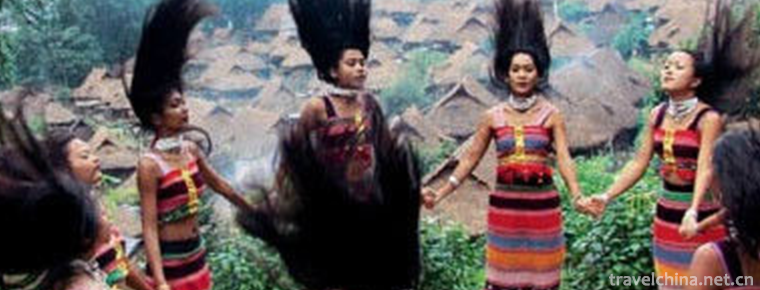
- By ChinaWiki.net
- Chinese Edition
- 2019-04-30
Alpine Hand in Hand Dance
"Hand-in-hand dance" is a kind of self-entertainment dance with the longest history and widespread spread spread among the folk dances of the mountain nationality. During the wedding and festival, they all dance hand in hand.
On June 7, 2008, Huaan County of Fujian Province declared "Alpine Hand-in-Hand Dance" which was approved by the State Council and listed in the second batch of national intangible cultural heritage list. Heritage serial number: 662 III-65.
historical origin
"Hand-in-hand dance" is a kind of self-entertainment dance with the longest history and widespread spread spread among the folk dances of the mountain nationality. During the wedding and festival, they all dance hand in hand. This kind of singing and dancing activity has existed in the Alpine nationality areas of Taiwan Province more than 1,000 years ago. According to Beishi Liuqiu Chuan, it is recorded that "singing with one foot, singing with one voice, all the people are in harmony, and the voice is rather sad. She gives her arm and dances with a wave of hands." This kind of situation, in which one person leads the singing, all people are in harmony and the ground is a festival, is basically consistent with the characteristics of the "hand-in-hand dance" of the present alpine people. In the Qing Dynasty "Taiwanese Students Familiar with Pictures", there is a picture of several people dressed in alpine costumes, dancing hand in hand. Its unique hand-holding method and step-around dance posture are also consistent with today's "hand-holding dance".
artistic characteristics
"Hand-in-Hand Dance" can be attended by both men and women. In daily entertainment, there are three or five people at a minimum and dozens of people at a large number. The grand festival can reach hundreds of people. When dancing, they form a circle or several circles, usually led by a singer and dancer. The lyrics include praise of ancestors, praise of heroes, congratulations on harvest, encouragement of production, singing of unity, and improvisation of love and hatred. There are many function words and linings in the lyrics, such as "Where to bend and where to yo", "Because is yo because of the sea". Sometimes a song uses function words from beginning to end, and some function words are added at the beginning or in the middle.
In the enthusiastic dance, some men will bend down excitedly to sweep the ground with pheasant feathers, and then get up and continue to jump forward. Their bodies will continue to flutter together and flutter up and down their feathers. The jubilant crowd, such as the tide of singing and dancing, will continue to roll over, and the unforgettable spectators may be involved in the sea of singing and dancing at any time.
"Hand-in-hand dance" mainly consists of "step up", "step down", "leg up" and "footstep" in all aspects. Due to the change of rhythm and combination, dance steps are quite rich. Men also have a large forward jump, squat, and then stand up and other more intense movements.
artistic form
There are two kinds:
One is that dancers naturally pull up their hands with each other, or connect their thumbs with each other, which is called "small hand";
The other is that the dancer and the two sides are separated by one person, crossing hands in front or behind one person beside him, and the arms are locked, which is called "big hand". Because the dancers hold hands, so the upper body movements are not much, but focus on the change of footsteps. Footworks include "left-right yo-yo-yo-yo", "step back", "one-foot left jump", "two-foot jump", "squat jump" and so on. Small Hand-in-Hand: The arms swing back and forth or up and down in different ranges, and the body leans forward and backward. The man in full dress bends forward deeply, making the long feathers on his hat brush across the ground and rise lightly, which is very distinctive. Large Hand-in-Hand: Most of the changes in the queue, or moving to both sides, or dense to the center of the circle, and then evacuated. When the number of participants is small, the singing and dancing is fresh; when the number of participants is large, the dancing scenes are spectacular and the singing is in full swing.
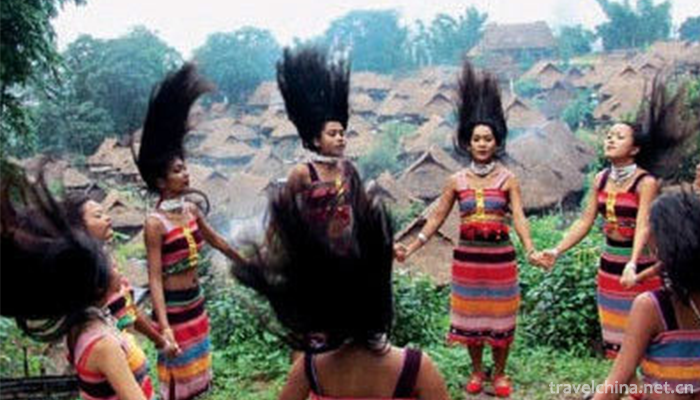
Ask a Question
Your email address will not be published.
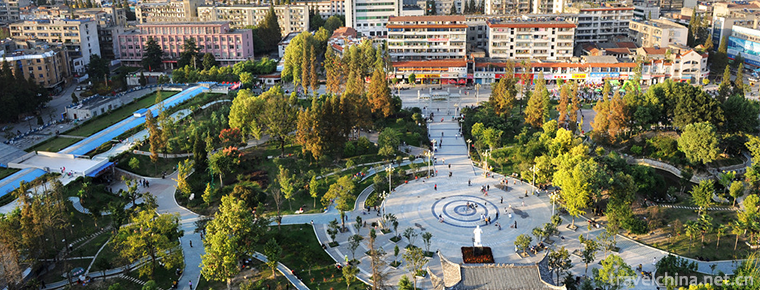
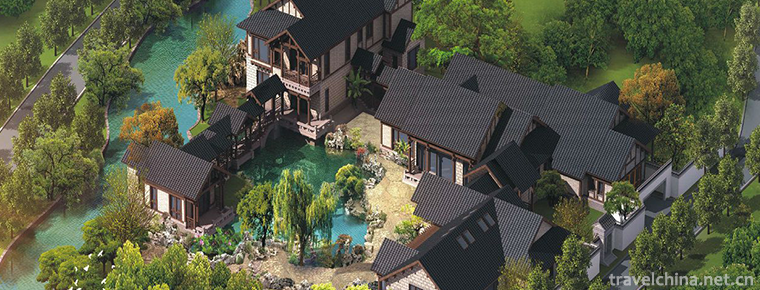

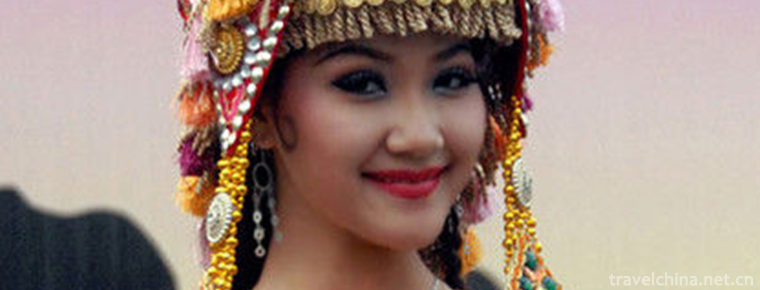
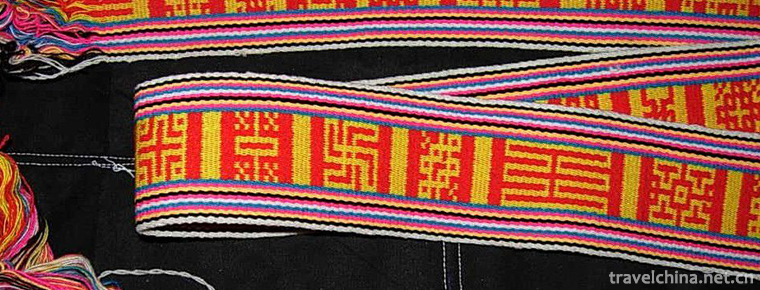
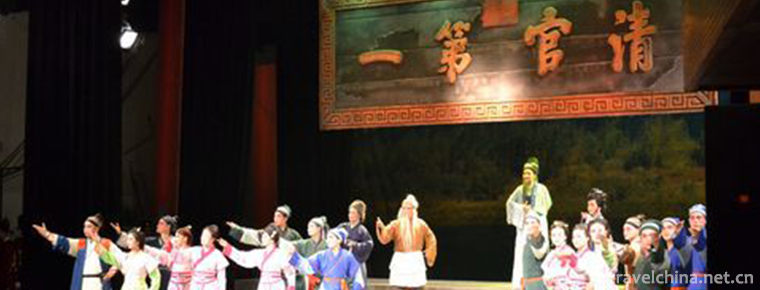

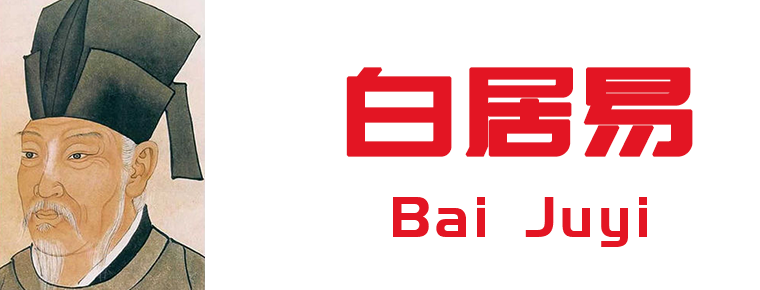



0 Questions